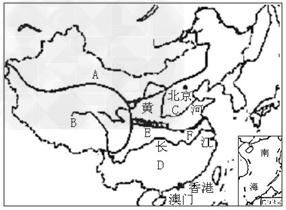One day, I am reading a newspaper when my wife calls me in the kitchen, “Will you
here and make your daughter eat her food?”
I throw the
away and run to my 8-year-old daughter, Millie. In front of her is a bowl of rice. She says to me: “Dad, I want to do a special thing.
I eat all the rice, will you let me do it?” “OK.” I say.
“Dad, I want to cut(剪掉) all my hair from my
this Sunday.” She says. I feel a little surprised(惊讶的). “Millie, why don’t you ask for something else? We will be
when we see your cleanshaven(剃光的) head.”
“Dad, you say you will let me
it!” Millie cries.
On Monday morning, I
her to school. I watch my hairless(没有头发的) daughter walking to her classroom. I see a boy with a hairless head. He
another car, and shouts: “Millie, please
for me.”
“Sir, your daughter is
.” A woman gets out of the
, and says, “That boy is my son, Harish. He is ill. He lost(失去了) all his hair because of chemotherapy(化疗).He doesn’t
to go to school. Millie visits him and I don’t know she would cut her hair
my son! ”
I stand there, and I can’t
anything. “Thank you, my little angel! You are teaching me what love is!” I think. My daughter is a
girl. She lives for her friends.
| 小题2: | | A.book | B.magazine | C.picture | D.newspaper |
|
| 小题4: | | A.head | B.foot | C.hands | D.legs |
|
| 小题5: | | A.happy | B.sad | C.healthy | D.excited |
|
| 小题8: | | A.gets out of | B.gets into | C.gets on | D.gets away from |
|
| 小题9: | | A.look | B.ask | C.wait | D.answer |
|
| 小题10: | | A.interesting | B.bright | C.great | D.clever |
|
| 小题14: | | A.say | B.speak | C.tell | D.talk |
|
| 小题15: | | A.kind | B.bad | C.strong | D.healthy |
|

